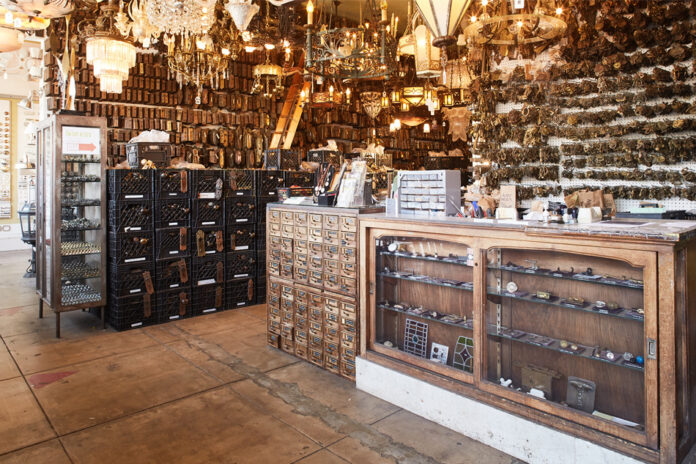Antique hardware, with its rich history and intricate designs, often captures the imagination of treasure hunters and history enthusiasts alike. For many, these pieces serve as tangible links to eras long gone, offering glimpses into daily life, art, and fashion of the past. The thrill of discovering an authentic piece from bygone eras, holding it in hand, and feeling its weight and texture, evokes a sensation like no other. It’s an experience akin to time-travel, allowing one to touch a fragment of time, long passed yet masterfully preserved in metal and craftsmanship.
The Appeal of Antique Hardware
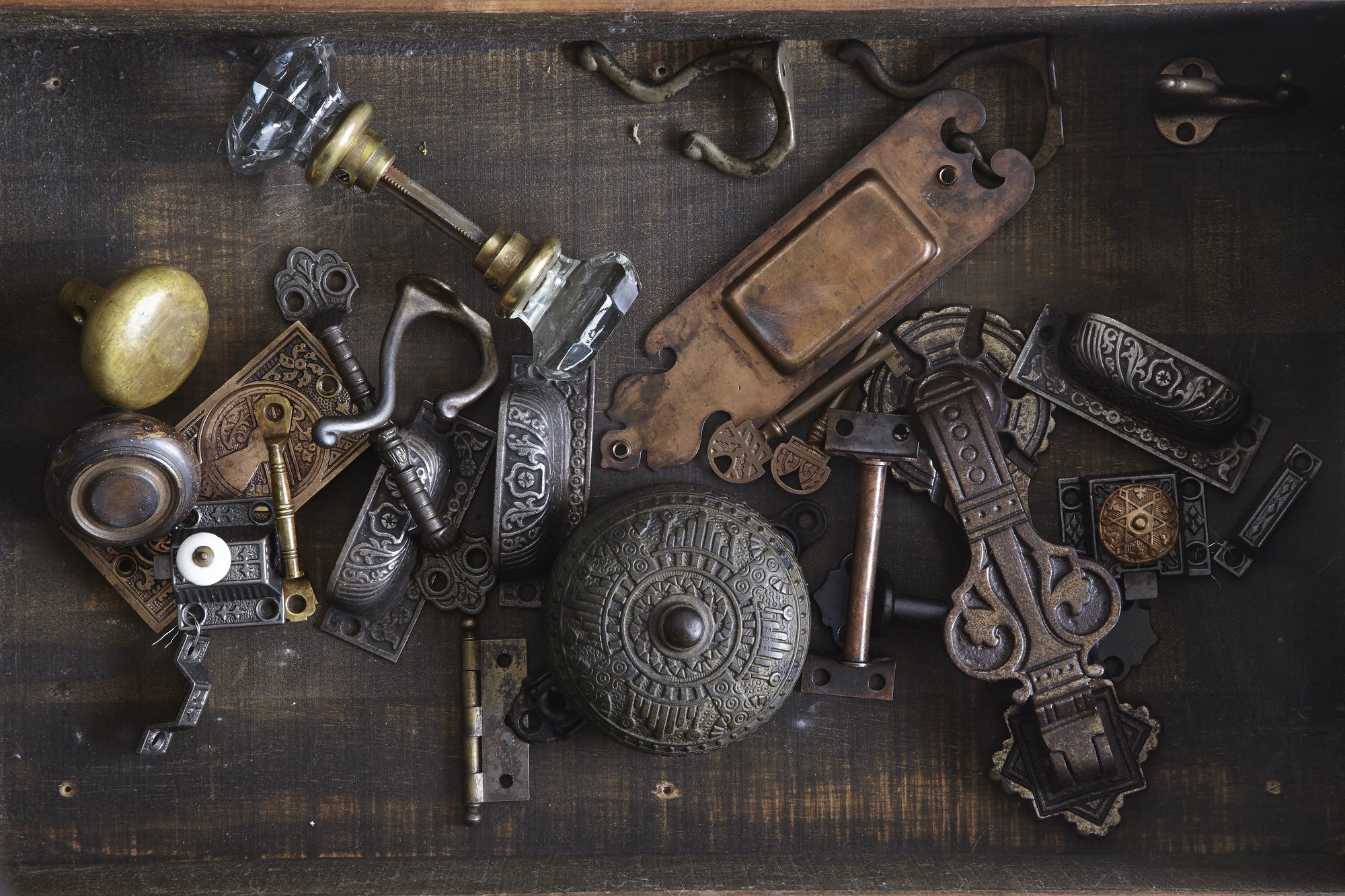
Delving into the world of antique hardware isn’t merely about collecting objects. It’s a passionate journey, immersing oneself in the tales and intricacies these pieces narrate. Every hinge, lock, and doorknob, with its unique design, is a testament to the artistry and ingenuity of its era. Their designs serve as mirror reflections of historical epochs, cultural shifts, and groundbreaking technological advancements. They are tactile reminders of how our ancestors lived, showcasing the doors they opened, the intricate safes they locked, and the homes they lovingly protected.
Beyond the obvious historical connection, the aesthetic appeal of these pieces is undeniable. Each piece of antique hardware possesses a certain patina, a distinct character that is borne from age and use, something modern reproductions struggle to mimic and this is why many individualists go out of their way to buy antique hardware. This patina narrates tales of past owners and past uses, making them priceless. Their unparalleled quality, often superior due to the meticulous old-world craftsmanship, renders them valuable not just as ornate collectibles but also as functional pieces that stand the test of time.
Types of Antique Hardware
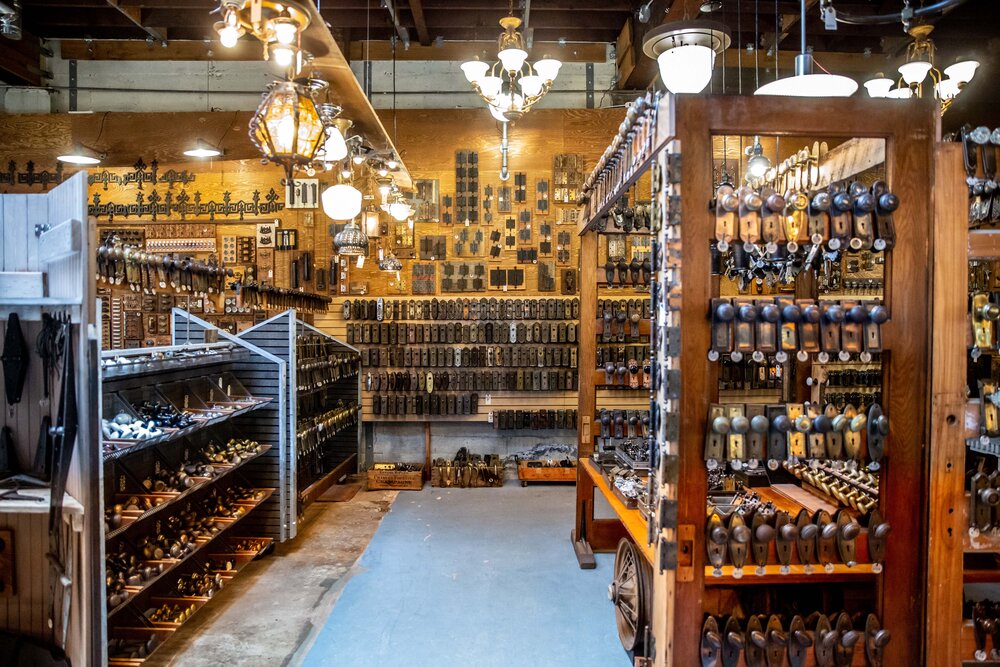
The universe of antique hardware is vast and multifaceted. However, some of the most sought-after pieces that captivate collectors include:
Doorknobs: These aren’t mere tools to open a door; they’re art pieces. Often ornate, they can be fashioned from a plethora of materials, including gleaming brass, transparent glass, or delicate porcelain.
Hinges: Their range is vast – from simple, sturdy iron designs that bear the weight of heavy wooden doors to the more intricate patterns that are decorative masterpieces, often reflecting the era’s architectural and design trends.
Locks and Keys: These tell tales of security and secrecy. Beyond their fundamental functional use, their varied and intricate designs offer insight into the technological advancements and security practices of the past.
Pulls and Handles: Not just functional entities, these are the jewelry of furniture, enhancing the piece’s overall aesthetic, making even a simple drawer look regal.
These intricate pieces are not just additions to a collector’s trove. They breathe life, authenticity, and charm into historical homes, making restoration projects come alive with genuine grace and historic fidelity.
Research and Education
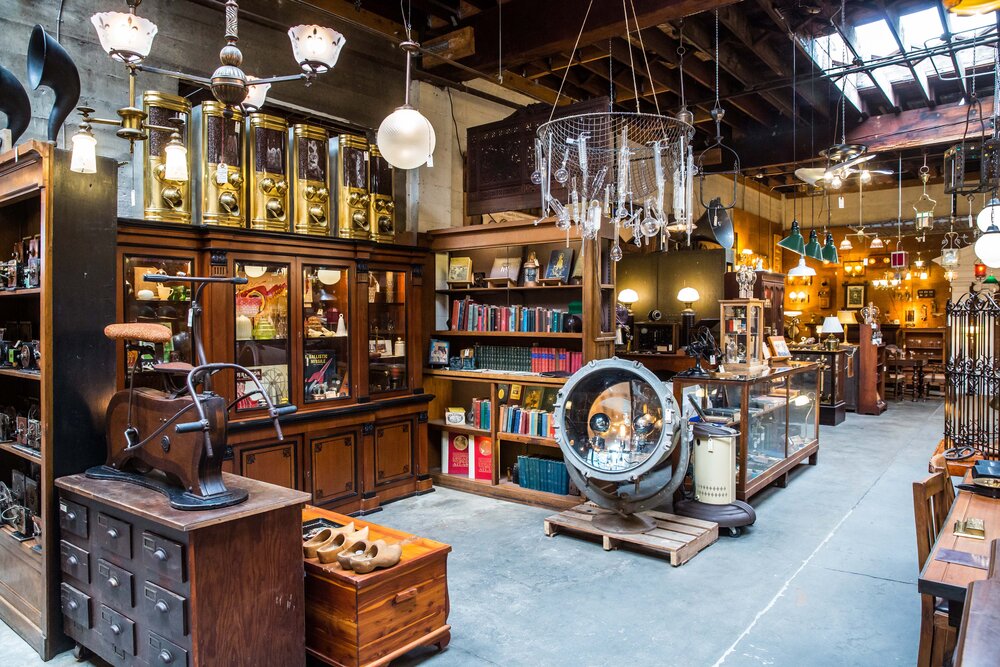
Before diving headlong into the world of collecting, it’s crucial to arm oneself with a rich tapestry of knowledge. It’s more than just recognizing an old doorknob or hinge; it’s about understanding the epochs they originate from, the artistic styles prevalent then, and the legendary craftsmen behind these timeless treasures. Resources, ranging from detailed history books, antique journals brimming with photographs, to enthusiast forums where experienced collectors share their wisdom, can prove invaluable. Expert opinions, meticulous documentation, and physical comparison to known genuine pieces play pivotal roles in ensuring you’re on the right path, preventing costly mistakes and fostering an enriched appreciation for the artifacts.
Identifying Genuine Antique Hardware
In the vast ocean of antiques, authenticity stands as the lighthouse. Discerning the genuine from the replica is an art and a science. Authentic pieces often proudly bear maker’s marks, detailed logos, or even the imprints of company names, signaling their proud heritage. The very weight of the piece, the unique patina that speaks of decades, if not centuries, of touch and wear, and even the minor imperfections that tell tales of handcrafting – all these are telltale signs of age and authenticity. Materials, especially the warmth of solid brass or the cold sheen of iron, as opposed to cheaper plated metals, coupled with the complexity and intricacy of designs, are reliable indicators for the discerning eye.
Common Mistakes to Avoid
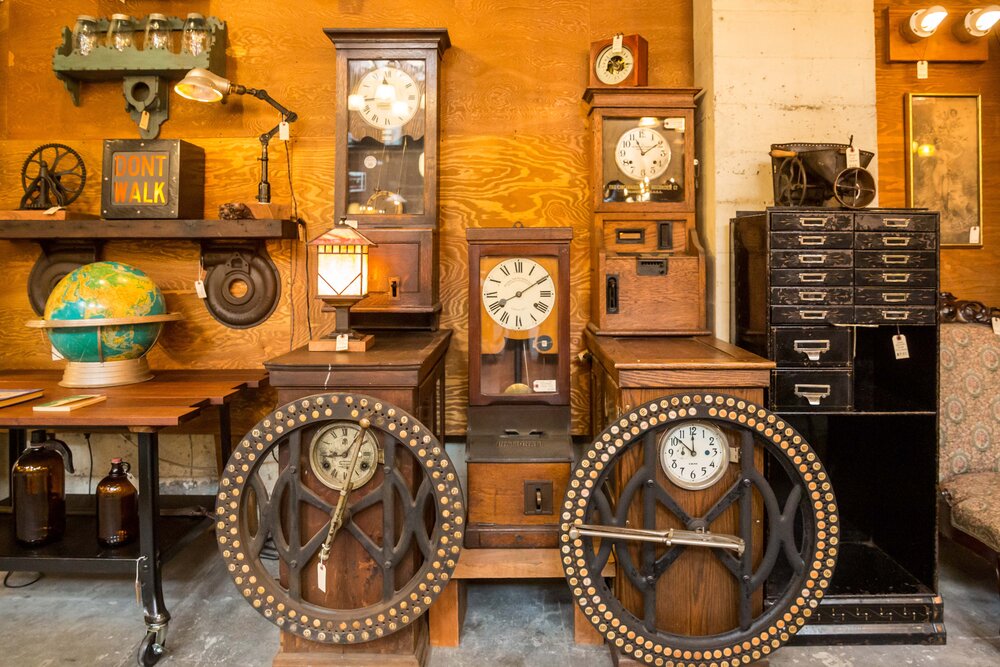
The path to genuine antiques is laden with potential pitfalls. Chief among them are the impeccable reproductions that modern technology spawns. These replicas, often indistinguishable to the novice, can mimic old designs with unnerving accuracy. Hence, continuous research, consultations with seasoned experts, and trusting one’s instincts become paramount. It’s often said in the antique world that if a deal seems too gleaming, too pristine, or too good to be true, a closer inspection might reveal it’s not what it seems.
Where to Find Antique Hardware
The quest for genuine antique hardware is akin to a treasure hunt. While brick-and-mortar antique shops, with their dusty corners and gleaming displays, and bustling flea markets with their myriad stalls, remain classic hunting grounds, the digital age has presented new arenas. Online platforms, from vast marketplaces like eBay to niche, specialized antique hardware websites, have emerged as modern-day treasure chests. But with convenience comes caution. One must be exceptionally diligent about verifying seller credibility, reading reviews, and examining product photos. And amidst all this, never forget the timeless art of negotiation, the key to not only securing the best deals but possibly unearthing hidden gems sellers might not be fully aware of.
Preservation and Restoration
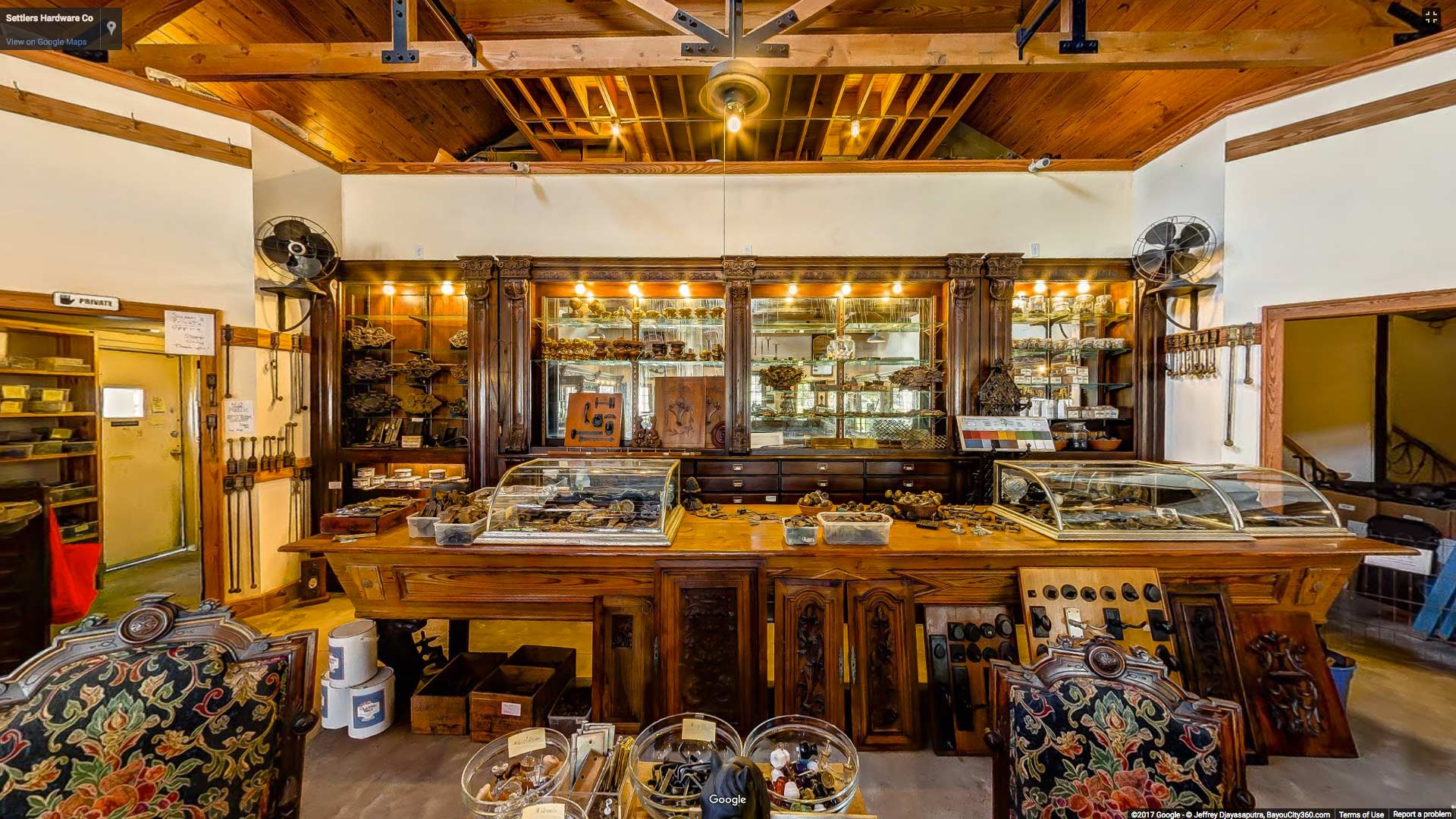
Once you’ve got your hands on a piece of history, treating these treasures with the respect they deserve is paramount. Modern, abrasive cleaners might promise shine but often rob the piece of its character. Gentle methods, natural cleaners, and sometimes even just a soft cloth can work wonders. Often, the aged look, the patina, is a testament to its journey, and it’s best left untouched, letting it narrate tales of the epochs it has seen and the hands it has passed through.
Building Your Antique Hardware Collection
As with any journey, starting with small, measured steps often leads to the most fulfilling experiences. Set a clear budget, understand your own aesthetic and historical preferences, and prioritize pieces that resonate on a personal level. Over time, as you deepen your knowledge and refine your tastes, your collection will grow, not just in numbers but in value and significance. With patience, you might find yourself emphasizing specific eras, renowned makers, or rare styles, making your collection a mirror of both history and personal taste.
Conclusion and Encouragement
Antique hardware is a realm where metal and design converge with history, artistry, and personal connection. Each piece holds within it tales of past epochs, master craftsmen, and the evolution of design. As you embark on this enchanting journey, let each find not just enhance the aesthetic of your collection but also enrich your understanding and appreciation of the past.

